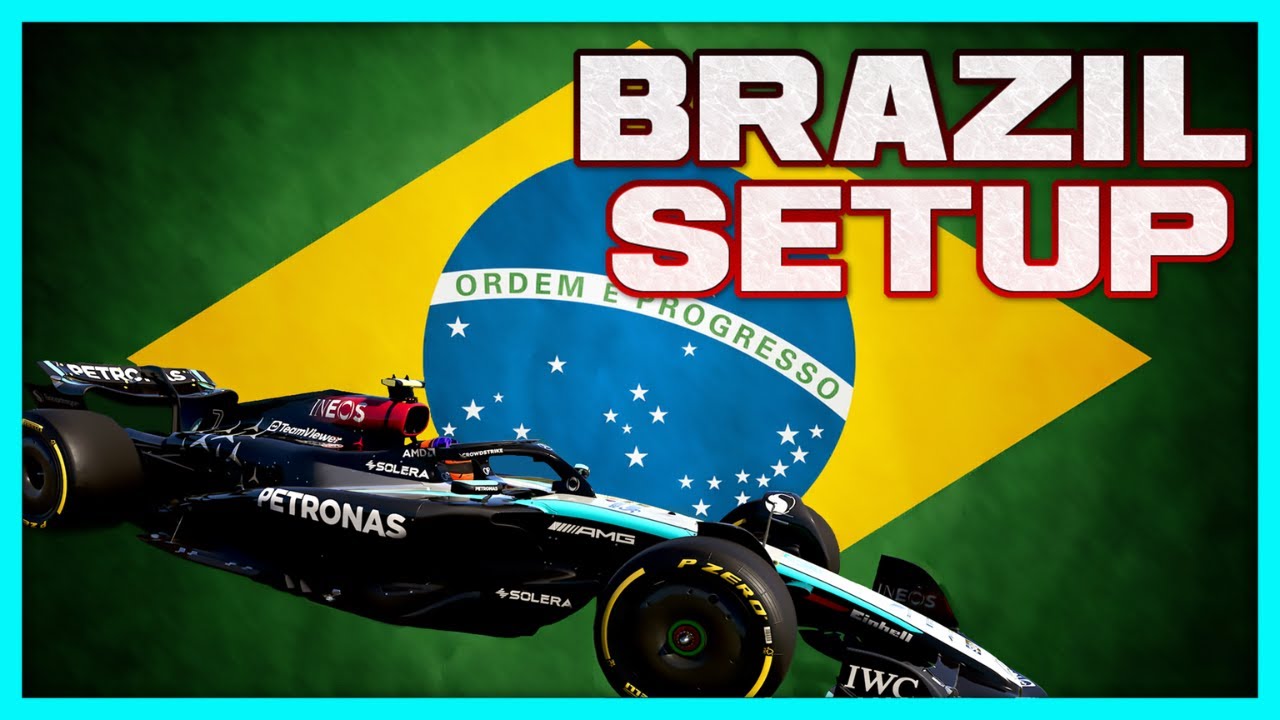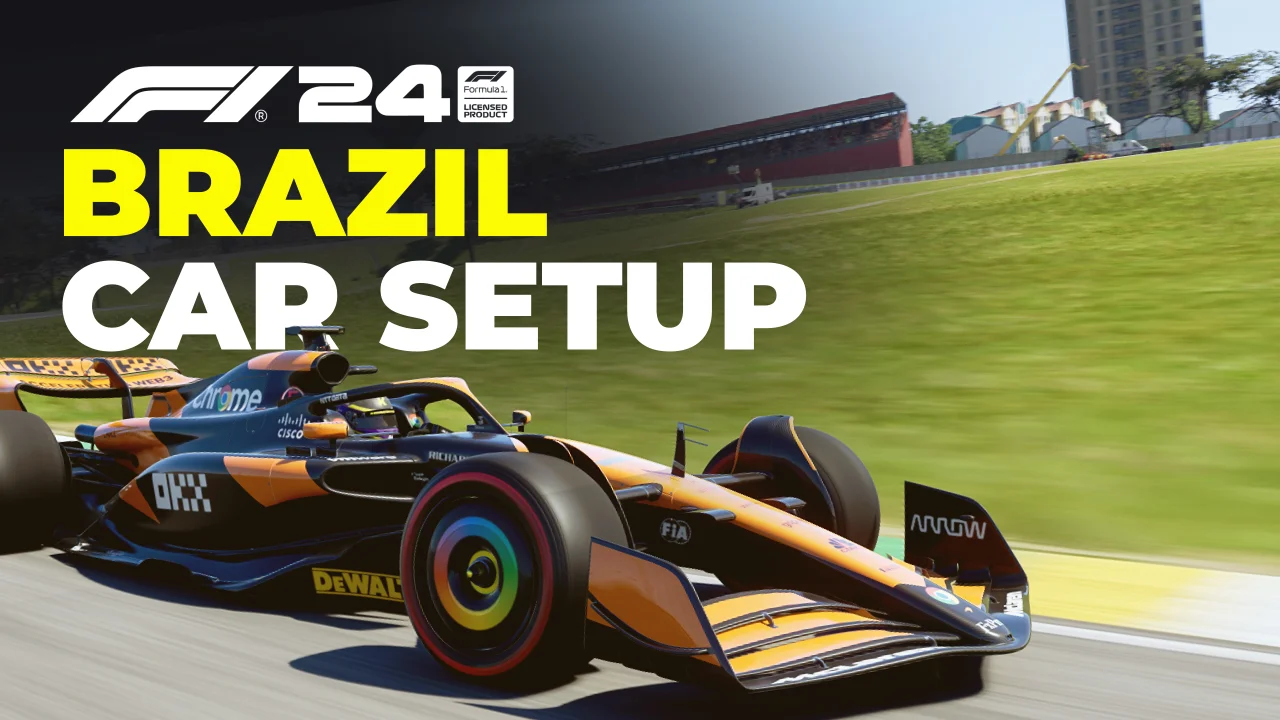So, I got this thing about racing games, right? Especially F1. I’ve been playing them for years, and F1 24 is the latest one I’ve sunk my teeth into. One of my favorite tracks has always been the Interlagos circuit in Brazil. It’s been on the F1 calendar for like, forever, you know? Over 30 years, I think. Anyway, I’ve been trying to find that sweet spot, that perfect setup that makes you feel one with the car and track. It’s not just about going fast, but also about keeping those tires in check.

I started by just driving, you know, getting a feel for the track again. Interlagos is tricky. It’s got those long straights where you’re full throttle, but then you’ve got these tight corners that you need to nail perfectly or you lose so much time. I spent a good few hours just running laps, trying to find a rhythm, pushing a little harder each time.
Then came the tweaking. This is where it gets really fun. First, I messed around with the aerodynamics. I wanted to find that balance, you know? Enough downforce to hug the corners but not so much that I was a sitting duck on the straights. It was a lot of back and forth. A little more front wing here, a little less rear wing there. I even used a notepad to keep track of my changes.
- Aerodynamics: Started with a balanced setting, then gradually increased front wing angle for better turn-in. Reduced rear wing a bit to get more top speed.
After that, I moved on to the transmission. This was about getting the power down efficiently. I played around with the differential, both on and off throttle. I wanted to make sure I wasn’t spinning the wheels coming out of the corners but also that the car was stable when I lifted off the gas.
- Transmission: Adjusted on-throttle differential to improve traction out of slow corners. Messed with off-throttle a bit to control the car’s rotation during braking.
Suspension geometry was next. This part is a bit like black magic. I focused on the camber and toe. Camber is how much the wheels tilt inwards, and toe is whether they point in or out. Getting these right can make a huge difference in how the car handles, especially in the long, sweeping corners at Interlagos.
- Suspension Geometry: Played with camber to find a good balance between cornering grip and tire wear. Adjusted toe to improve stability.
Then there’s the suspension itself. Springs, anti-roll bars, ride height – all of these affect how the car reacts to bumps and how it transfers weight during braking and acceleration. I tried to find a setup that was stiff enough to be responsive but not so stiff that the car was bouncing all over the place.

- Suspension: Stiffened the springs and anti-roll bars a bit for better responsiveness. Kept the ride height relatively low for better aerodynamics.
Brakes are crucial, of course. I wanted a setup that allowed me to brake late and hard without locking up the wheels. I played with brake pressure and bias, trying to find that perfect balance.
- Brakes: Increased brake pressure for more stopping power. Adjusted bias towards the front for better stability under braking.
Finally, tires. Tire pressures can make a big difference in grip and wear. I experimented with different pressures, trying to find the sweet spot that gave me good grip without overheating the tires too quickly.
- Tyres: Found a balance in pressures that gave me consistent grip throughout a stint without excessive wear.
It took hours of testing, adjusting, and more testing. But eventually, I found a setup that I was really happy with. The car felt amazing. I could push hard into the corners, get on the power early, and fly down the straights. I even managed to set a new personal best lap time!
It’s a great feeling when you finally nail a setup. It’s like the car becomes an extension of yourself. You’re not fighting it anymore; you’re working together. And that’s what makes it all worth it. This setup helped me manage the tires much better, and I felt I could go faster consistently. I hope this sharing helps you a lot in Brazil.














